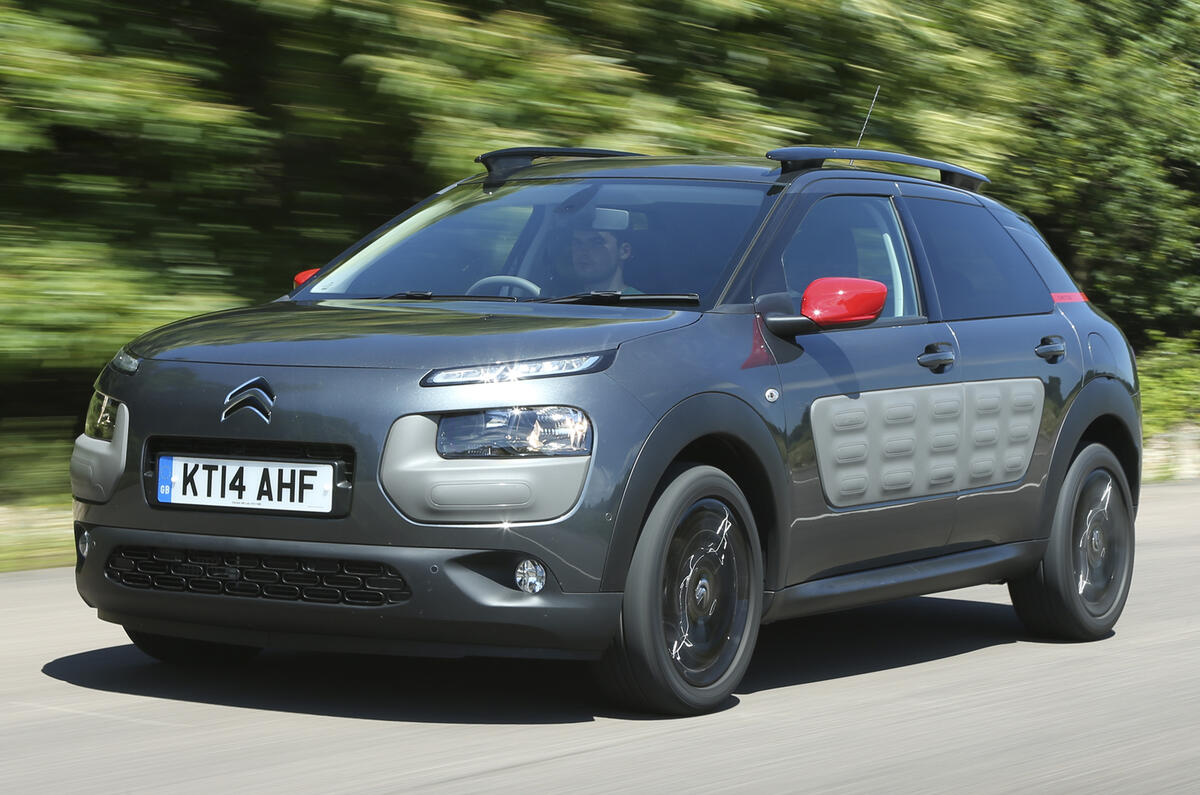Peugeot, Citroen and DS will develop cars on just two platforms in future, after the firm announced it would co-develop a new small car platform with Chinese partner and shareholder Dongfeng.
The new platform, called the Common Modular Platform (CMP), will be developed over the next two years at a cost of around £130m and will underpin all B-segment and entry-level C-segment cars.
Crucially, it will be a heavily modified version of the existing PF1 platform, meaning that the companies won’t have to extensively modify existing manufacturing facilities when it is launched. Cars on the platform at present include the Citroen C4 Cactus, Citroen C3 and Chinese market C-Elysse, DS3 and Peugeot 208 and Peugeot 2008.
In time, all other medium to large cars developed in-house by the PSA Group will sit on the newer EMP2 platform; however, bosses have already acknowledged that they may continue other joint venture developments into the future, such as the Citroen C1 and 108, which are co-developed with the Toyota Aygo, and future ventures with GM.
The move, announced ahead of the Shanghai motor show, is particularly notable for its significance in the Chinese market, where the majority of PSA’s cars are sold on the PF1 platform and its manufacturing plants are set up to manufacture it. As a result, the £130m development cost is significantly lower than developing an all-new platform.
“The updates will be substantial, and in essence it is a new platform, but we are able to make it more flexible in terms of size and more beneficial in terms of what it can offer while maintaining certain key areas,” said an insider.
Carlos Tavares said PSA would make ten vehicles on the new platform, with Dongfeng developing a further ten. He suggested that potential B-segment cars could come in any body style, including SUVs, crossovers, hatches and saloons, while C-segment derivatives would only be saloons and hatches.
“The A-segment is part of our plans, but we still need to decide how we will replace the current cars. The profitability in the small car segment is very tense, and it’s clear you can’t make these types of cars alone and make money," said Tavares.
"So at the moment we are very happy to make these ears with Toyota. But Dongfeng is our partner, and on the other side of the table - it may be better to make a grouping of several OEMs of the venture.
"Our intention is to continue with Toyota, but if another OEM asked to join, first we would talk with Toyota, but we would express that we are open to sharing the technology,” he said.





Join the debate
Add your comment
Hydropneumatic?